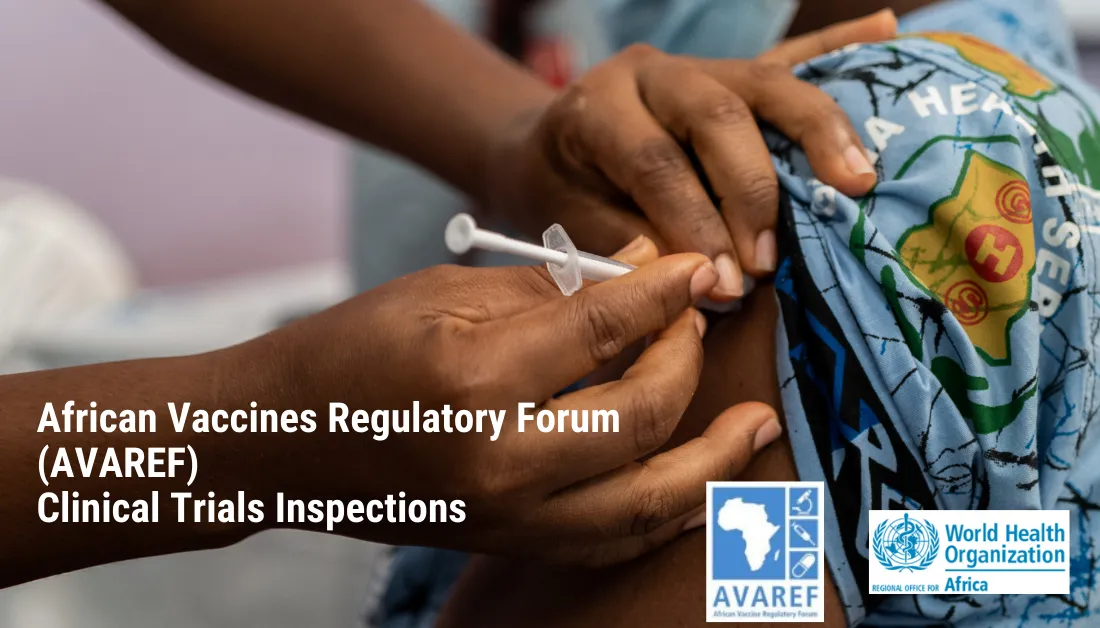
Health in Numbers: Quantitative Methods in Clinical & Public Health Research 
This course provides an introduction to quantitative methods used in clinical and public health research. It covers topics such as epidemiology, biostatistics, and the principles of monitoring and improving health. Students will gain an understanding of the methods used to analyze data and draw conclusions from it. ▼
ADVERTISEMENT
Course Feature
![]() Cost:
Cost:
Free
![]() Provider:
Provider:
Edx
![]() Certificate:
Certificate:
Paid Certification
![]() Language:
Language:
English
![]() Start Date:
Start Date:
15th Oct, 2012
Course Overview
❗The content presented here is sourced directly from Edx platform. For comprehensive course details, including enrollment information, simply click on the 'Go to class' link on our website.
Updated in [March 06th, 2023]
HarvardX's Health in Numbers: Quantitative Methods in Clinical & Public Health Research is an online course that covers the principles of biostatistics and epidemiology used for public health and clinical research. The course is free and covers topics such as outcomes measurement, measures of associations between outcomes and their determinants, study design options, bias and confounding, probability and diagnostic tests, confidence intervals and hypothesis testing, power and sample size determinations, life tables and survival methods, regression methods (both, linear and logistic), and sample survey techniques. Students will analyze sample data sets to acquire knowledge of appropriate computer software. The course will also provide free access to the book "Principles of Biostatistics" written by Marcello Pagano and Kimberlee Gauvreau, as well as free copies of Stata software (Mac and PC only). Assignments will be due each week and those who achieve a passing grade in the course can earn a certificate of achievement.
[Applications]
Upon completion of this course, students will have a sound understanding of quantitative methods in clinical and public health research. They will be able to apply these methods to analyze data sets, extract knowledge from health data, and infer population characteristics. Students will also be able to use appropriate computer software to analyze data sets and understand the principles of biostatistics and epidemiology. Additionally, students will be able to understand the concepts of outcomes measurement, measures of associations between outcomes and their determinants, study design options, bias and confounding, probability and diagnostic tests, confidence intervals and hypothesis testing, power and sample size determinations, life tables and survival methods, regression methods (both, linear and logistic), and sample survey techniques.
[Career Paths]
Job Position Paths:
1. Clinical Research Associate: Clinical Research Associates (CRAs) are responsible for the planning, implementation, and management of clinical trials. They work closely with clinical investigators, sponsors, and other research personnel to ensure that clinical trials are conducted in accordance with applicable regulations and guidelines. CRAs are also responsible for monitoring the progress of clinical trials, ensuring data accuracy and integrity, and reporting results to sponsors. The demand for CRAs is expected to grow as the number of clinical trials increases.
2. Epidemiologist: Epidemiologists are public health professionals who study the distribution and determinants of health and disease in populations. They use quantitative methods to identify risk factors for disease, evaluate interventions, and develop public health policies. Epidemiologists are in high demand as the need for evidence-based public health interventions increases.
3. Biostatistician: Biostatisticians are experts in the design and analysis of health-related data. They use quantitative methods to develop and evaluate public health interventions, assess the effectiveness of treatments, and identify risk factors for disease. Biostatisticians are in high demand as the need for evidence-based public health interventions increases.
4. Data Scientist: Data Scientists are experts in the analysis of large datasets. They use quantitative methods to identify patterns and trends in data, develop predictive models, and develop insights from data. Data Scientists are in high demand as the need for evidence-based decision-making increases.
[Education Paths]
1. Master of Public Health (MPH): This degree is designed to provide students with the knowledge and skills to become leaders in public health. It focuses on the core areas of public health, such as epidemiology, biostatistics, health policy, and health services administration. The MPH degree is becoming increasingly popular as the demand for public health professionals grows.
2. Master of Science in Biostatistics (MSBS): This degree is designed to provide students with the skills to analyze and interpret data in the field of biostatistics. It focuses on the application of statistical methods to the study of health and disease. The MSBS degree is becoming increasingly popular as the demand for biostatisticians grows.
3. Doctor of Public Health (DrPH): This degree is designed to provide students with the knowledge and skills to become leaders in public health. It focuses on the core areas of public health, such as epidemiology, biostatistics, health policy, and health services administration. The DrPH degree is becoming increasingly popular as the demand for public health professionals grows.
4. Doctor of Philosophy in Biostatistics (PhD): This degree is designed to provide students with the skills to analyze and interpret data in the field of biostatistics. It focuses on the application of statistical methods to the study of health and disease. The PhD degree is becoming increasingly popular as the demand for biostatisticians grows.
Course Provider

Provider Edx's Stats at AZClass
Discussion and Reviews
0.0 (Based on 0 reviews)
Explore Similar Online Courses

Mind Control: Managing Your Mental Health During COVID-19

Internal Analysis Course

Python for Informatics: Exploring Information

Social Network Analysis

Introduction to Systematic Review and Meta-Analysis

The Analytics Edge

DCO042 - Python For Informatics

Causal Diagrams: Draw Your Assumptions Before Your Conclusions

Whole genome sequencing of bacterial genomes - tools and applications

Healthcare Research: For Healthcare Professionals

Diagnosing Rare Diseases: from the Clinic to Research and back


Start your review of Health in Numbers: Quantitative Methods in Clinical & Public Health Research